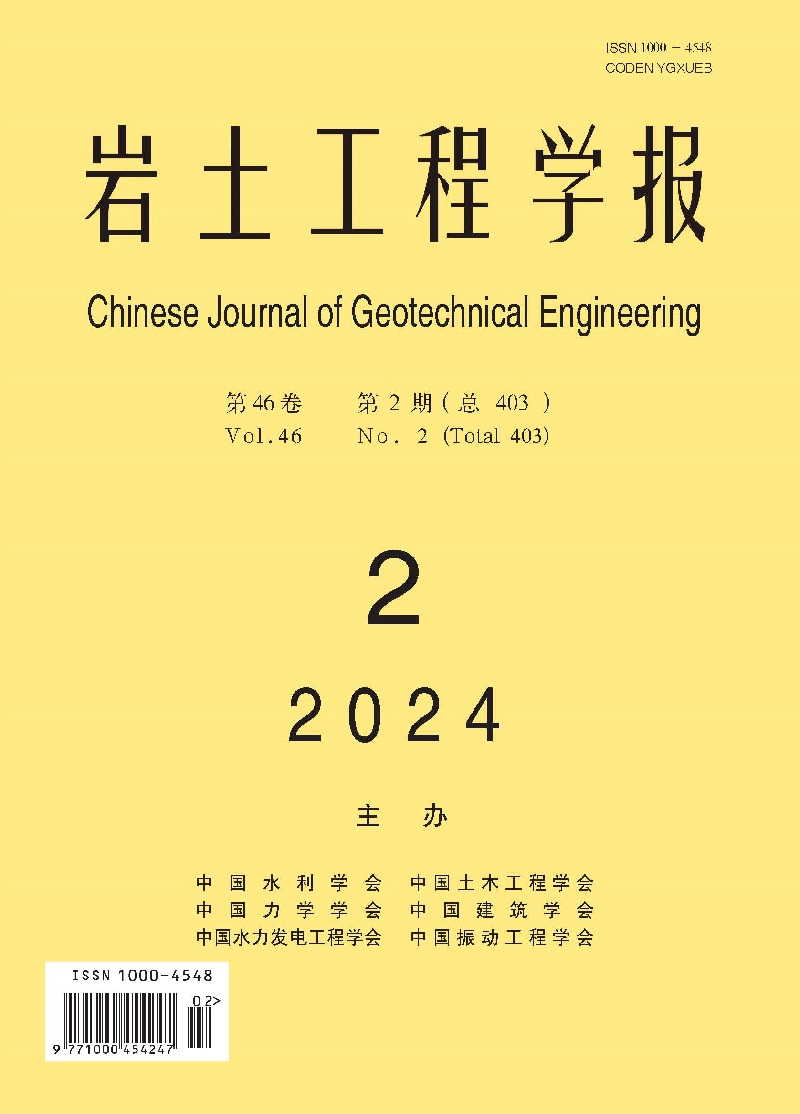Coupled horizontal-rocking vibration of partially embedded pile groups and its effect on resonance of offshore wind turbine structures
Q3 Earth and Planetary Sciences
引用次数: 4
Abstract
The partially embedded pile groups bear tremendous moments generated by wind loads due to the large height of the offshore wind turbine structures. It is of great importance to consider the rocking vibration of the foundations in the lateral vibration analyses of wind turbine structures. In order to avoid resonance, which is very dangerous to high structures, the first-order natural frequencies of the wind turbine structures are always designed as away from 1P and 3P(2P) ones, so it is very important to calculate the natural frequencies of the wind turbine structures accurately during the design procedures. At present, the methods for calculating the dynamic characteristics of the wind turbine structures, including the natural frequencies, are usually based on the assumption of base fixity. Inaccuracies may occur in these methods for not considering the impedance of foundations. In this work, the coupled horizontal-rocking impedance of the pile group is derived and its impact on the resonance characteristics of the wind turbine structures is studied. First, a simplified method to determine the horizontal-rocking impedance of the pile group with dynamic Winkler model is proposed and verified by comparison against some published accurate solutions. Second, a lateral vibration equation for the wind turbine structures is derived with the consideration of the foundation impedance. Finally, through an example of wind turbine structure, the influence of the foundation impedance on the resonance characteristics of the structure is studied, and the proposed simplified method is verified by use of the finite element method.部分嵌入桩群的耦合水平摇摆振动及其对海上风力机结构共振的影响
海上风力发电机组结构高度较大,部分嵌入桩群承受风荷载产生的巨大力矩。在风力机结构的横向振动分析中,考虑基础的摇摆振动是非常重要的。为了避免高层结构共振的危险,风力机结构的一阶固有频率通常设计为远离1P和3P(2P)固有频率,因此在设计过程中准确计算风力机结构的固有频率是非常重要的。目前,风力发电机组结构动态特性的计算方法,包括固有频率的计算方法,通常是基于基座固定的假设。由于没有考虑地基的阻抗,这些方法可能会出现不准确的情况。本文推导了群桩的水平-摇摆耦合阻抗,并研究了其对风力机结构共振特性的影响。首先,提出了一种用动态Winkler模型求解群桩水平振动阻抗的简化方法,并与已有的精确解进行了对比验证。其次,推导了考虑基础阻抗的风力机结构横向振动方程。最后,通过风力发电机组结构实例,研究了基础阻抗对结构共振特性的影响,并利用有限元法对所提出的简化方法进行了验证。
本文章由计算机程序翻译,如有差异,请以英文原文为准。
求助全文
约1分钟内获得全文
求助全文
来源期刊

岩土工程学报
Earth and Planetary Sciences-Geotechnical Engineering and Engineering Geology
CiteScore
2.50
自引率
0.00%
发文量
11264
期刊介绍:
 求助内容:
求助内容: 应助结果提醒方式:
应助结果提醒方式:


